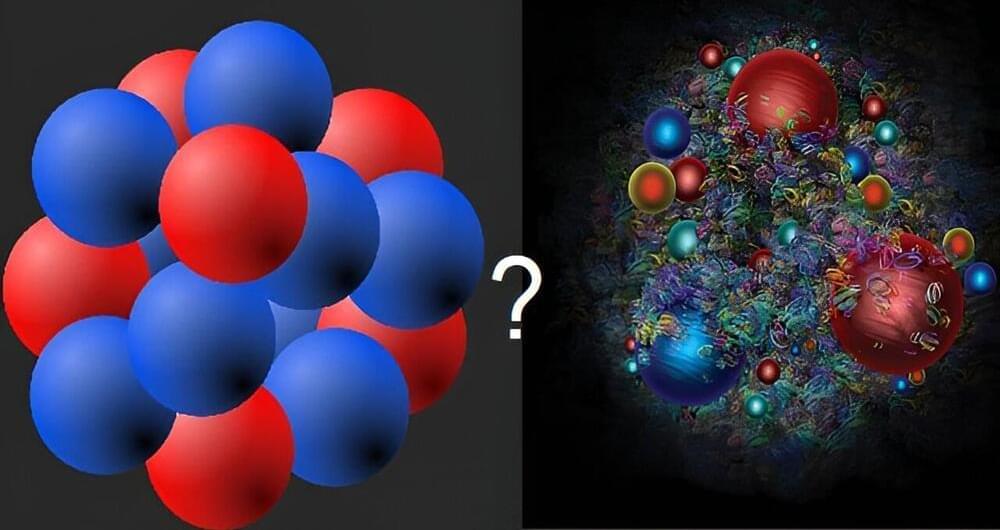Atomic nuclei are made of nucleons (like protons and neutrons), which themselves are made of quarks. When crushed at high densities, nuclei dissolve into a liquid of nucleons and, at even higher densities, the nucleons themselves dissolve into a quark liquid.
In a new study, published in the journal Physical Review B, researchers addressed the question of whether the liquids of nucleons and quarks are fundamentally different.
Their theoretical calculations suggest that these liquids are different. Both types of liquids produce vortices when they rotate, but in quark liquids, the vortices carry a “color-magnetic field,” similar to an ordinary magnetic field. There is no such effect in nucleon liquids. Thus, these vortices sharply distinguish quark liquids from nuclear liquids.
